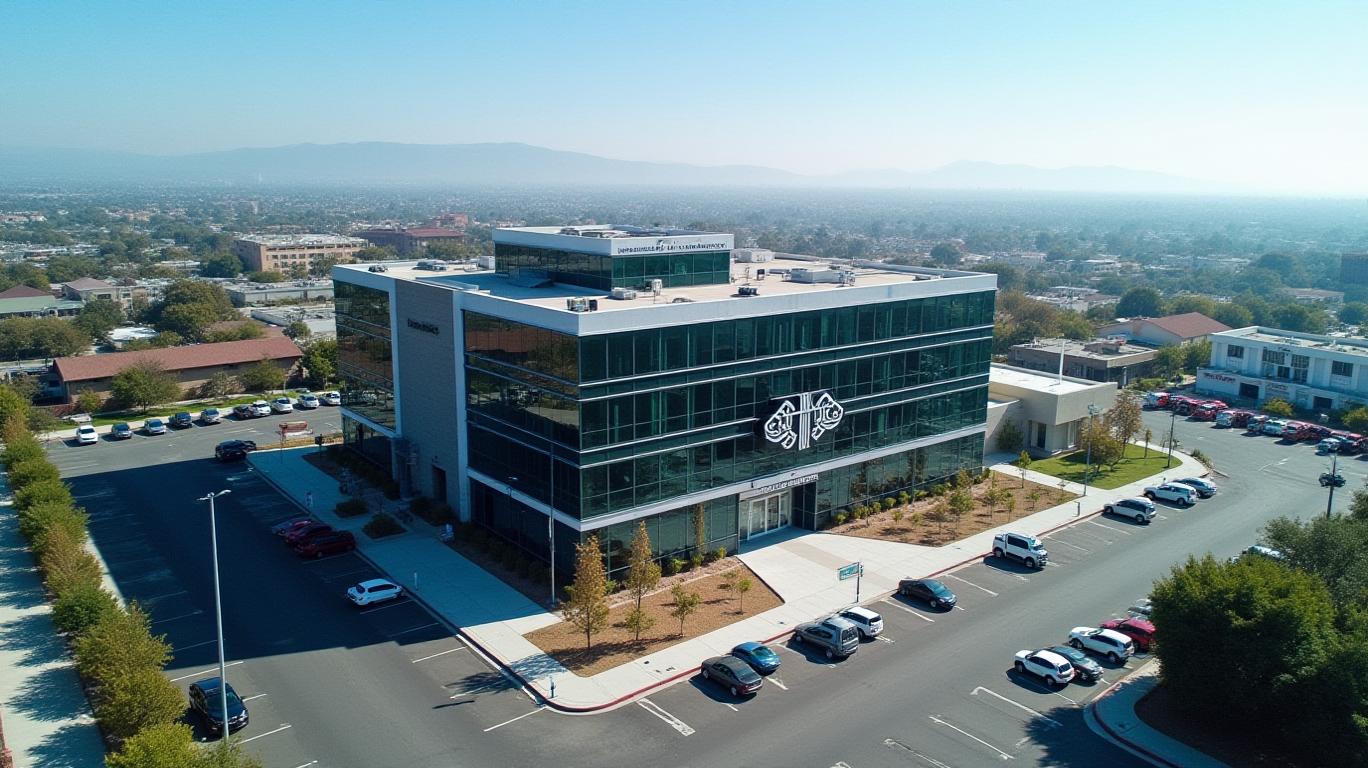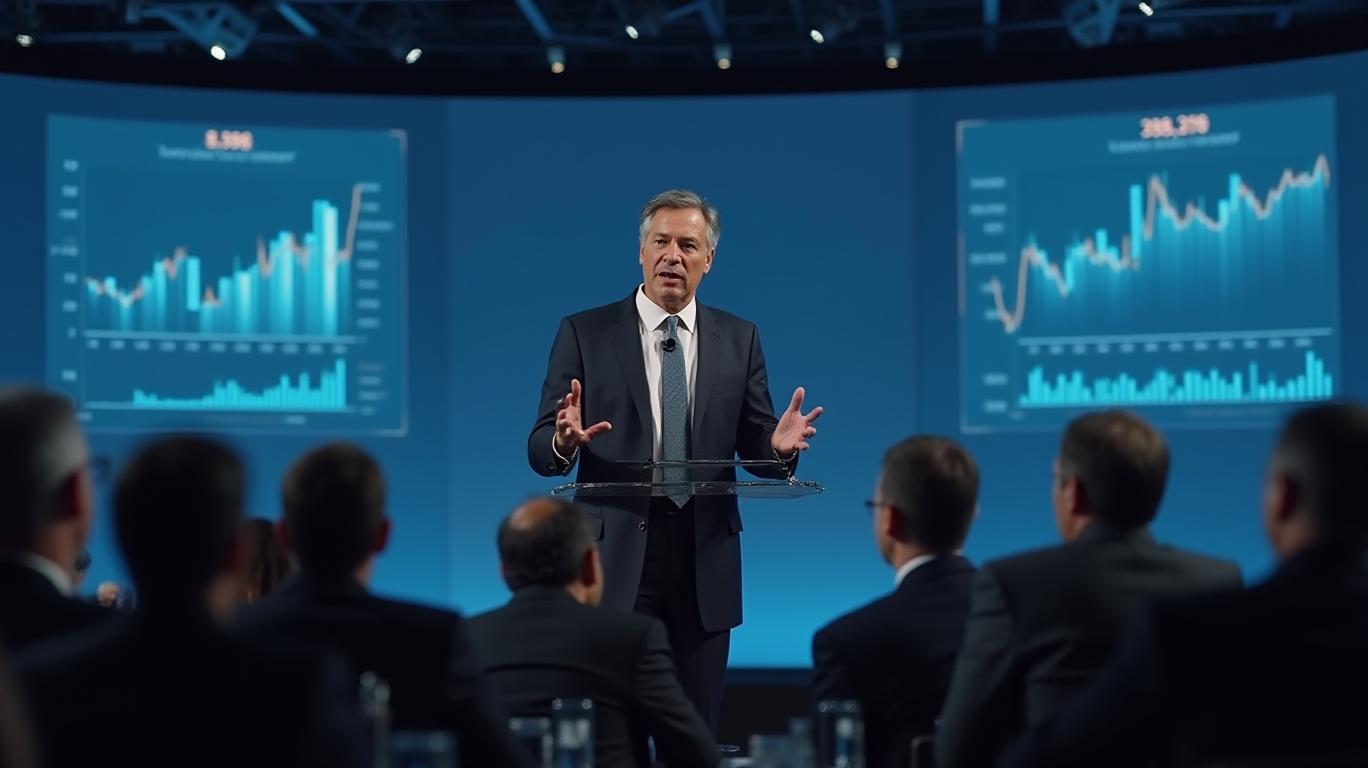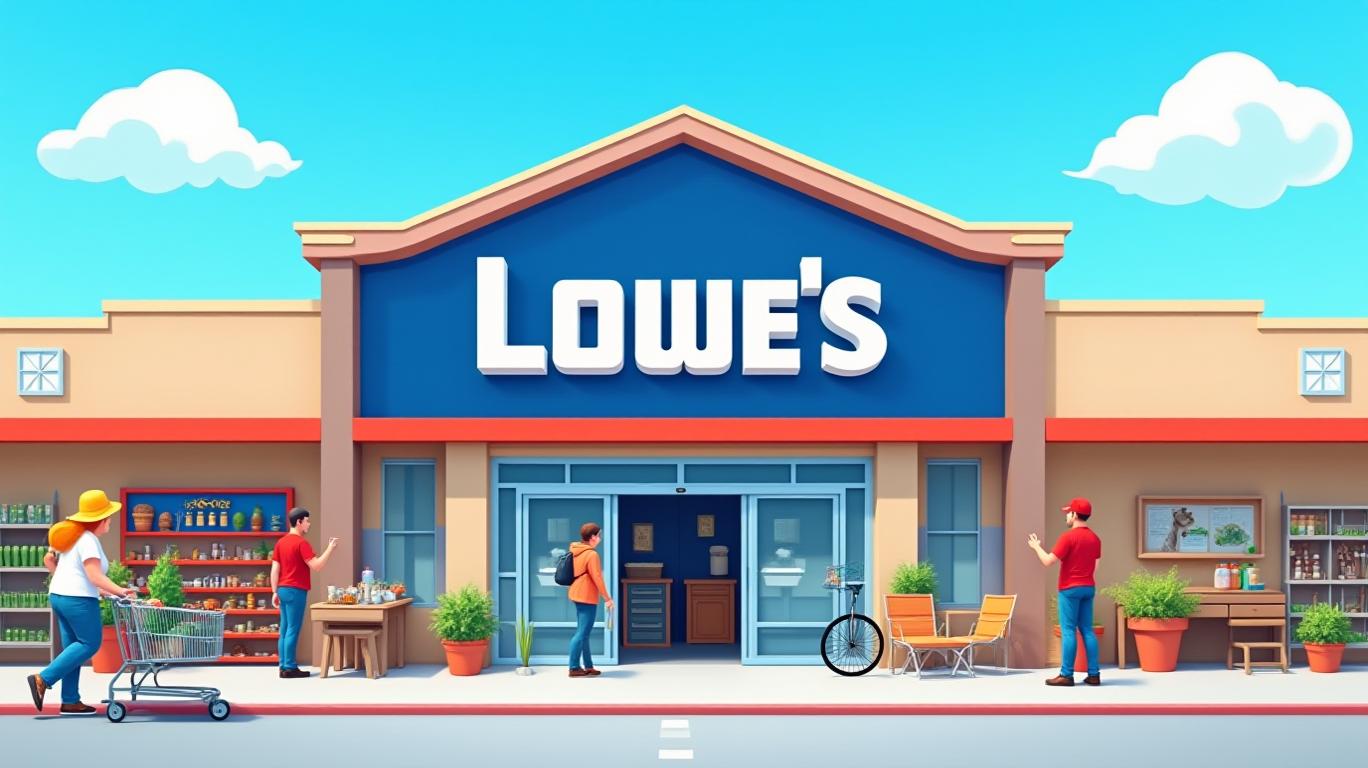Heritage Commerce Navigates Q1 with Resilience Amid Shifting Markets
Heritage Commerce Corp (NASDAQ: HTBK) has delivered a solid start to 2025, with Q1 results reflecting disciplined cost management, improving margins, and a strengthened balance sheet. Despite seasonal headwinds, the company’s focus on strategic investments and risk mitigation positions it to capitalize on opportunities in a consolidating banking landscape.

Financial Highlights
Net income rose to $11.6 million in Q1 2025, a 9% increase from the prior quarter and 14% year-over-year. Diluted EPS of $0.19 marked a 12% sequential and annual improvement, outpacing the $0.17 EPS reported in both Q4 2024 and Q1 2024. While total revenue dipped 1% to $46.1 million sequentially—due to fewer accrual days and lower average interest-earning assets—the year-over-year growth of 9% underscores the company’s sustained momentum.
The efficiency ratio improved to 63.96%, down from 65.35% in Q4 2024 and 65.34% a year earlier, signaling effective cost controls. This was bolstered by a 3% decline in noninterest expenses to $29.5 million, driven by reduced legal fees and one-time costs from the prior quarter.
Net Interest Margin Expansion
The Fully Tax Equivalent (FTE) net interest margin expanded to 3.39%, up from 3.32% in Q4 2024 and 3.31% in Q1 2024. This improvement stemmed from lower deposit rates and higher yields on securities, with $151.8 million redeployed into agency mortgage-backed securities and U.S. Treasuries at a 4.86% yield. This strategic move aims to bolster future net interest income, a critical factor for banks in a low-growth environment.
Balance Sheet Strength
Total assets decreased 2% to $5.5 billion at quarter-end, primarily due to deposit outflows. However, deposits grew 5% year-over-year to $4.7 billion, and loans held-for-investment (HFI) rose 5% annually to $3.5 billion. The loan-to-deposit ratio improved to 74.45%, reflecting a healthier capital structure. Shareholders’ equity increased to $696.2 million, with tangible book value per share climbing to $8.48—a 0.7% sequential rise and a 3.8% annual gain.
Credit Quality and Risk Management
Nonperforming assets (NPAs) fell to $6.3 million, or 0.11% of total assets, the lowest level in three quarters. The allowance for credit losses (ACLL) remained robust at 1.38% of total loans, covering 765% of nonperforming loans—a conservative buffer. While classified assets edged up to $40.0 million (0.73% of assets), management emphasized that these are well-monitored and not indicative of systemic risk.
Strategic Priorities and Risks
CEO Clay Jones highlighted opportunities arising from industry consolidation, particularly in the San Francisco Bay Area, where Heritage Commerce operates. The company aims to grow loan and deposit volumes while maintaining a disciplined approach to expenses. However, risks persist, including economic uncertainty, cybersecurity threats, and geographic concentration. The lack of share repurchases in Q1—despite an authorized program—suggests management is prioritizing capital allocation to higher-return initiatives.
Conclusion
Heritage Commerce’s Q1 results demonstrate resilience in a challenging environment. With improving margins, a strengthened balance sheet, and a robust ACLL, the company is positioned to benefit from its strategic investments and cost discipline. The redeployment of funds into higher-yielding securities bodes well for future net interest income, while the low NPA ratio underscores prudent risk management.
However, investors should monitor deposit trends and the competitive dynamics in the Bay Area. If Heritage Commerce can sustain its margin expansion and grow deposits, its common equity tier 1 capital ratio of 13.6% and tangible book value trajectory suggest it is well-equipped to navigate economic volatility. The stock’s performance relative to peers—already up 8% year-to-date—may gain further momentum if Q2 results continue to reflect this upward trajectory.
In a sector where stability and adaptability are paramount, Heritage Commerce’s first-quarter results offer a compelling case for cautious optimism.









